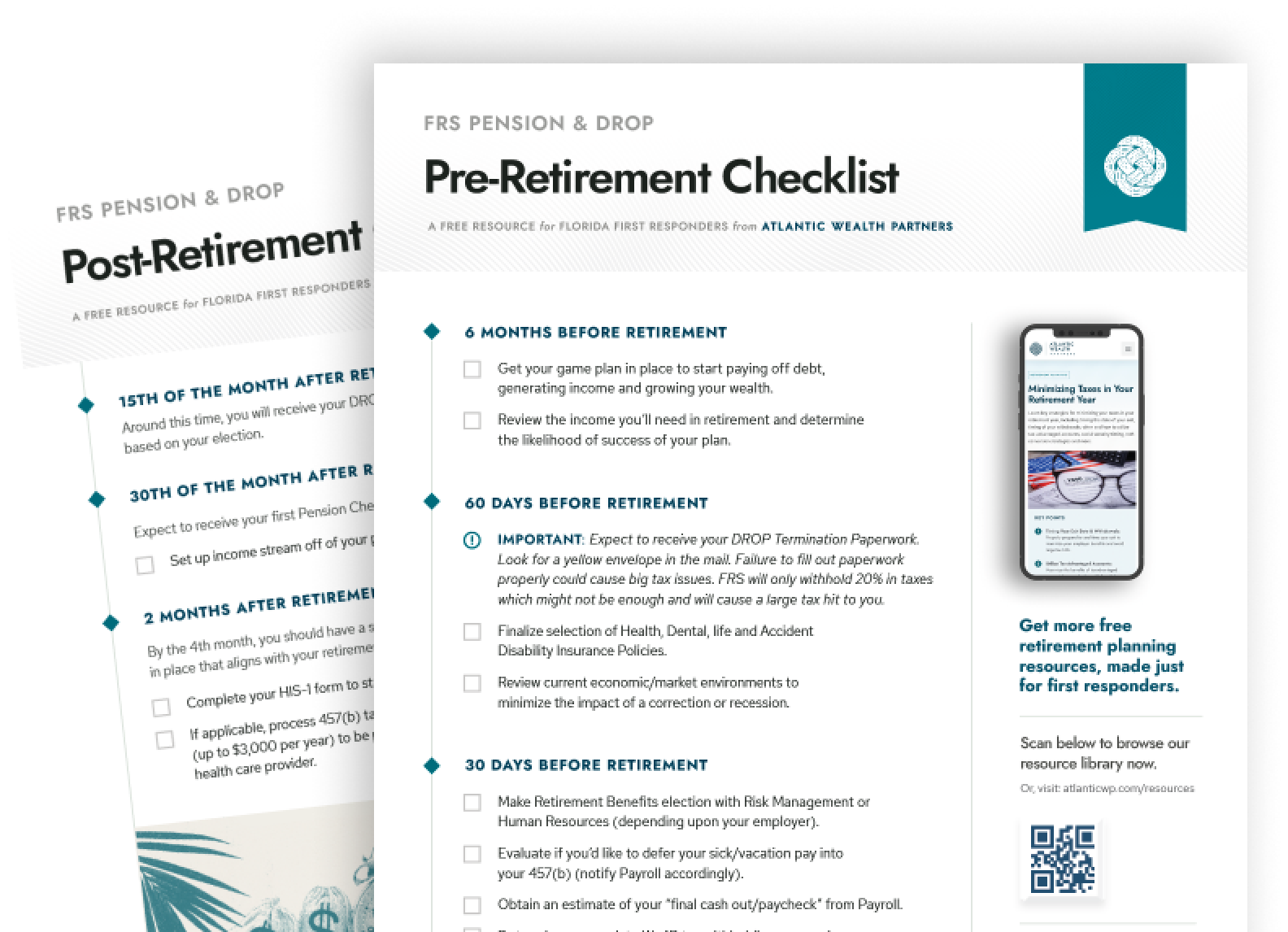The stats are sobering: 52% of people turning 65 will need some type of long-term care services during the remainder of their lifetimes and just 11% percent of the population has any form of Long-Term Care Coverage. It’s clear that as people continue to live longer, many will likely need assistance caring for themselves. The decision of whether to buy long-term care insurance vs. self-insuring is an important one.
If you can afford to self-insure based on realistic assumptions in your planning, then the choice comes down to whether you would like to retain the risk or share the risk with an insurance company – and the level of risk that you’re comfortable with. Insurance is there only to minimize your risk/exposure of loss and provide peace of mind.
There are many trade-offs to consider, and it does not have to be one or the other; it very well could be a combination of the two. The decision to remain insured throughout your lifetime will likely change depending on your life circumstances (income needs, asset growth, children and spouse’s needs, legislative changes, etc.).
It’s all about adjusting your risk to a level you’re comfortable with – and LTC insurance should be viewed no different than Homeowner’s, Auto, Life, or Umbrella Insurance (just with a statistically higher likelihood that you’ll need to use it!). Determining the proper Long-Term Care (LTC) funding method depends on your unique circumstances.
There are four basic ways to fund an LTC situation: Self-Funding, a stand-alone LTC policy, a hybrid plan utilizing life insurance with an LTC rider, or a linked benefit plan utilizing an annuity with an LTC rider.
Self-Funding
Self-funding or self-insuring is when you cover 100% of the LTC costs out of your own individual accounts/funds. A common question we receive from clients is “Do I have enough to self-insure?” Our answer really depends on the client’s situation, looking deeper at investments, cashflows, age, expenses, family health history, etc.
Per the 2020 Genworth Cost of Care Study, the median annual cost for assisted-living facilities with a private room in Florida was roughly $117,800. This amount can greatly vary based on the level of care that you need.
For example, the median annual cost for 24 hour at home health care was roughly $196,500. Memory care facilities are renowned as one of the most expensive types of care. It is estimated that individuals with dementia will pay approximately $350,000 for the cost of their care over their lifetime. This amount could be substantially higher if you were to have an extended stay in a memory care facility.
As a very general rule of thumb, an individual with $3 million or more in investible assets can self-insure, for married couples, it’s $5 million. At this level of wealth, it is highly unlikely that you will ever qualify for Medicaid, even with advanced Medicaid planning, and any care that you will need will come out of pocket, depleting any potential inheritance that you wish to leave your heirs.
Just because you can self-insure does not mean that you should. We find that our high-net-worth and ultra-high-net-worth clients who can easily afford to self-insure often leverage their assets and purchase a policy to cover themselves for peace of mind.
Stand-Alone LTC/Traditional LTC
The sole purpose of a traditional plan is to provide the payments necessary to cover the LTC costs. These plans require premium payments to be made annually but can be paid monthly, if necessary.
Most of today’s policies are reimbursement plans, with very few offering cash/indemnity payout options. These plans are tied to a specific daily, weekly, or monthly benefit and for a set period, typically 3-5 years, but can last longer.
Benefit payments are income-tax-free and a portion of the premium payments that are made may be deductible if the qualified LTC policies premium payments, along with other unreimbursed medical expenses exceed 7.5% of your adjusted gross income.
Traditional plans should be designed for the client and based on several factors: age, marital status, local cost of care (both for facilities and at-home care), health history individually and for the family, and the client’s risk-tolerance surrounding the choice of self-insuring or deferring the liability to an insurance company.
Traditional plans do not normally offer any type of death benefit, income benefit, or return of premium benefit to a beneficiary if the policy goes unused. This could end up being an expensive decision that benefits the insurance company only.
The costs of traditional plans have continued to increase over the years and the number of carriers that offer them has significantly declined. Currently, in Florida, there are only two carriers that offer Traditional LTC. This is down from 9 carriers in 2010 and 125 carriers in 2000.
Hybrid Plans
Hybrid plans combine a life insurance policy with an LTC rider, or a chronic illness rider to provide an LTC benefit to the client. These riders are commonly referred to as Accelerated Death Benefit riders.
The rider attached to the policy accelerates the death benefit paid to the insured during their lifetime to cover LTC expenses. Depending on the carrier and the product, the benefit is 2% – 4% of the death benefit accelerated each month. This allows the insured to draw down the death benefit to use it for expenses while they are living and when they pass the remaining balance would pass onto the beneficiaries, tax-free.
These hybrid plans normally have limited benefit periods of 2 – 4 years depending on the rate that the death benefit is accelerated. These plans are typically funded by cash in either a lump sum, periodic payments, or with an IRS code 1035 exchange from one life insurance policy to another life insurance policy without paying any taxes.
Linked Benefit Plans
This is a combination of a life insurance policy, or annuity, with an LTC benefit that focuses more exclusively on the LTC coverage. Like the hybrid plans, the benefits remaining upon the insured’s passing will be inherited by the beneficiaries tax-free in a life insurance policy (there could be taxes owed if an annuity is purchased instead).
The policy benefits are first paid from the death benefit of the life insurance or taken from the contract value of the annuity. Once those funds have been exhausted it then taps into the LTC benefit portion of the contract. Then the “extension of benefits” or “continuation of benefits” kicks in.
The LTC extension or continuation of benefits riders typically provide for an additional two to five years of LTC coverage past the base policy’s accelerated death benefit which equals a total LTC benefit of five or six years.
Beware though, every product may be different. Premiums are typically paid as a single lump sum or spread out over 5 to 15 years.
Example for a 60-year-old married woman with standard health:
A $70,000 single premium creates a $114,795 death benefit and a $229,590 total LTC benefit. With a 4-year and 2-month LTC benefit, the policy provides $4,592 per month for long-term care expenses with no increase for inflation.
How Can You Tell Which is the Best Fit?
The answer depends on numerous factors for the client such as age, family health history, financial position, preference of care, etc. There is no one-size-fits-all approach for long-term care insurance.
We recommend sitting down with a knowledgeable, comprehensive financial planner, not a salesperson) to discuss which strategy is most appropriate for your situation. We emphasize comprehensive because an insurance salesperson who calls themselves a financial advisor will always try to sell you a product, even if it’s not the most appropriate solution for you.
WORK WITH AWP
Secure your future with the right LTC strategy.
AWP provides personalized guidance to help you understand your options and select the best strategy—whether it’s self-insurance, hybrid plans, or traditional LTC insurance. Let’s work together to create a plan that fits your needs and secures your future. Reach out today to get started.



